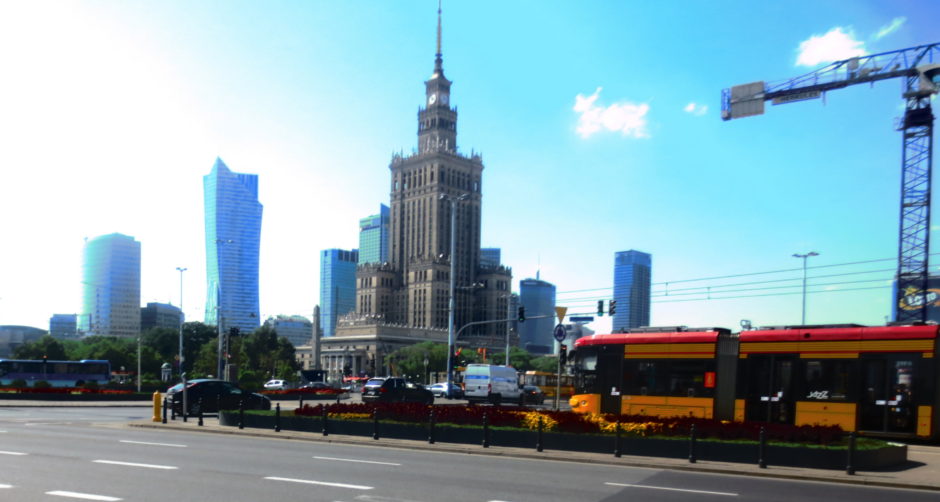Some Varsovians call it, caustically, “Stalin’s wedding cake.” Others have wanted it razed to the ground.
It sits plopped in the middle of the city, looking like a 1930s-era building, and is now surrounded by modern office towers. In its own way it looks sort of kooky.
It was Soviet dictator Joseph Stalin’s “gift to the Polish people” when the country was under the heel of Soviet oppression.
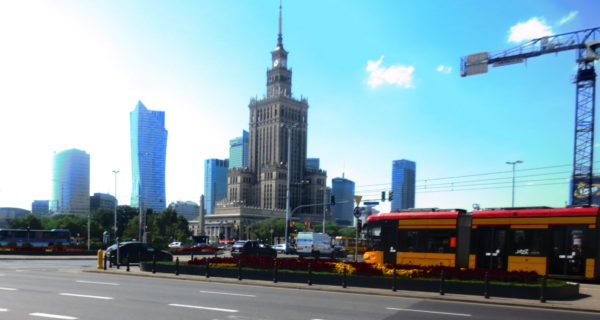
Its full name was “the Palace of Culture and Science in the name of Joseph Stalin.” But Stalin’s name was dropped after de-Stalinization in the Soviet bloc in 1956.
Started in 1952 and completed in 1955, the Palac Kultury i Nauki , or PKiN, was constructed by 3,500 Soviet workmen, who were housed in a special estate in Jelonki during their time here. Another 4,000 Poles helped in building it, working at breakneck speed. Sixteen workers lost their lives during construction.

Much of Warsaw at the time still lay in ruins, having been virtually destroyed by the Nazis during the Warsaw uprising of 1944.
The Palace, located at Plac. Defilad, is a 42-story skyscraper which, at 780 feet tall, including its spire, is still the highest building in Poland. However, work has now started on the 53-story 1,017 foot Varso Tower, on a site next to the Warszawa Centralna railway station, with completion slated for 2020.
The PKiN was built in a mixture of the then-compulsory socialist realism style with elements of American art deco and historic Polish cultural flourishes.
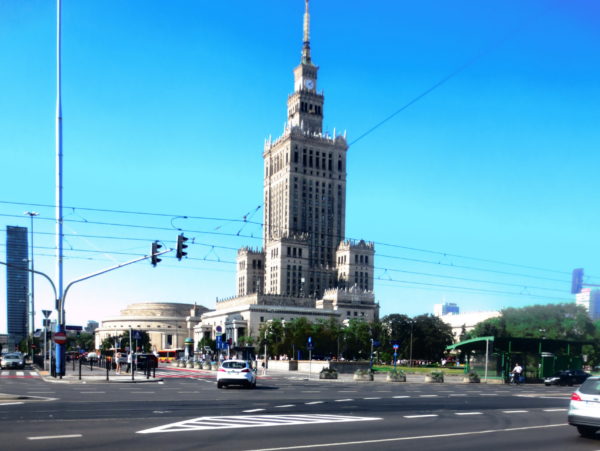
Stalin had reportedly secretly sent architects and planners to New York to study the Empire State Building as a model for his skyscraper.
The final design was by the Soviet architect Lev Rudnev, a leading practitioner of Stalinist architecture in the Soviet Union, responsible for many Moscow buildings.
The Palace was meant to be a cornerstone of the Warsaw to come, planned together with a majestic Parade Square.
Built using an estimated 40 million bricks and housing 3,288 rooms, its purpose was to serve as not just Communist Party headquarters but also as a place for the masses, with invitations to the annual New Year’s Eve Ball issued to the best workers in socialist Poland.
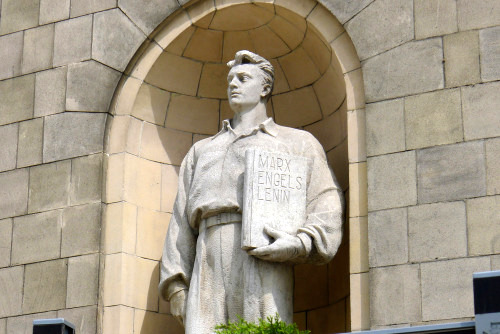
It is surrounded by dozens of sculptures of famous Polish figures, including astronomer and mathematician Copernicus, poet Adam Mickiewicz, and physicist Marie Sklodowska Curie, as well as model workers holding works of Marxist writers.
With its marble floors and endless staircases and corridors with their weighty glass chandeliers and gilded finishings, the PKiN was meant to dazzle the masses and provide a foretaste of a future socialist paradise.
One gigantic room, the Congress Hall, with seating for 3,000 people, for years held the Communist Party’s annual meetings.
All that is in the past. That same room more recently hosted concerts by, among others, the Rolling Stones and Leonard Cohen.
The Palace is today home to the Museum of Evolution, the Museum of Technology, four theaters, a multiplex cinema and bars. Most of the building now houses offices and commercial spaces.
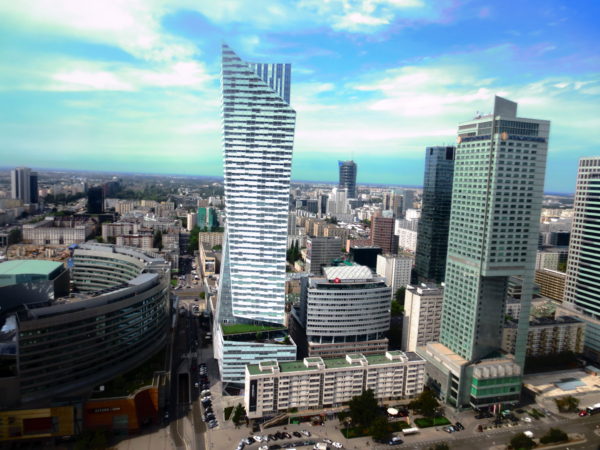
The terrace on the 30th floor is a well-known tourist attraction with a panoramic view of the city. I was there on a very hot day, so it was quite refreshing.
Given the controversial system of government it was meant to symbolize, no building in Poland has proved more divisive and controversial. It became an object of hatred and a symbol of Russian hegemony. For many years, whenever the people of Warsaw stared up at the giant monolith, they were reminded of their all-powerful neighbor to the east.
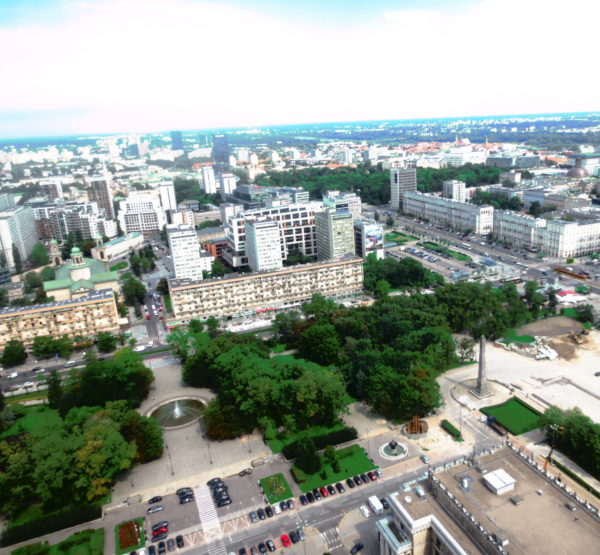
Every year government workers would be expected to parade with pride outside the Palace of Culture and Science, in celebration of the supposedly glorious achievements of the People’s Republic of Poland, as the country was known.
Indeed, on August 1, the day I visited the Palace, there were commemorations all over Warsaw, complete with a ceremony at the Tomb of the Unknown Soldier in Saxon Garden, to mark the 73rd anniversary of the Warsaw uprising.
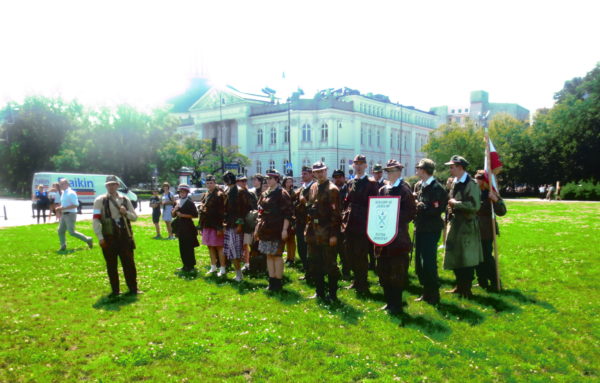
As all Poles know, Stalin’s failure to intervene doomed the Home Army’s battle against the Nazis.
Yet, despite all that, the Palace has become an international symbol of Warsaw, and even, with Communism becoming a distant memory, an icon.
Henry Srebrnik, a professor of political science at the University of Prince Edward Island, is currently visiting Poland.

